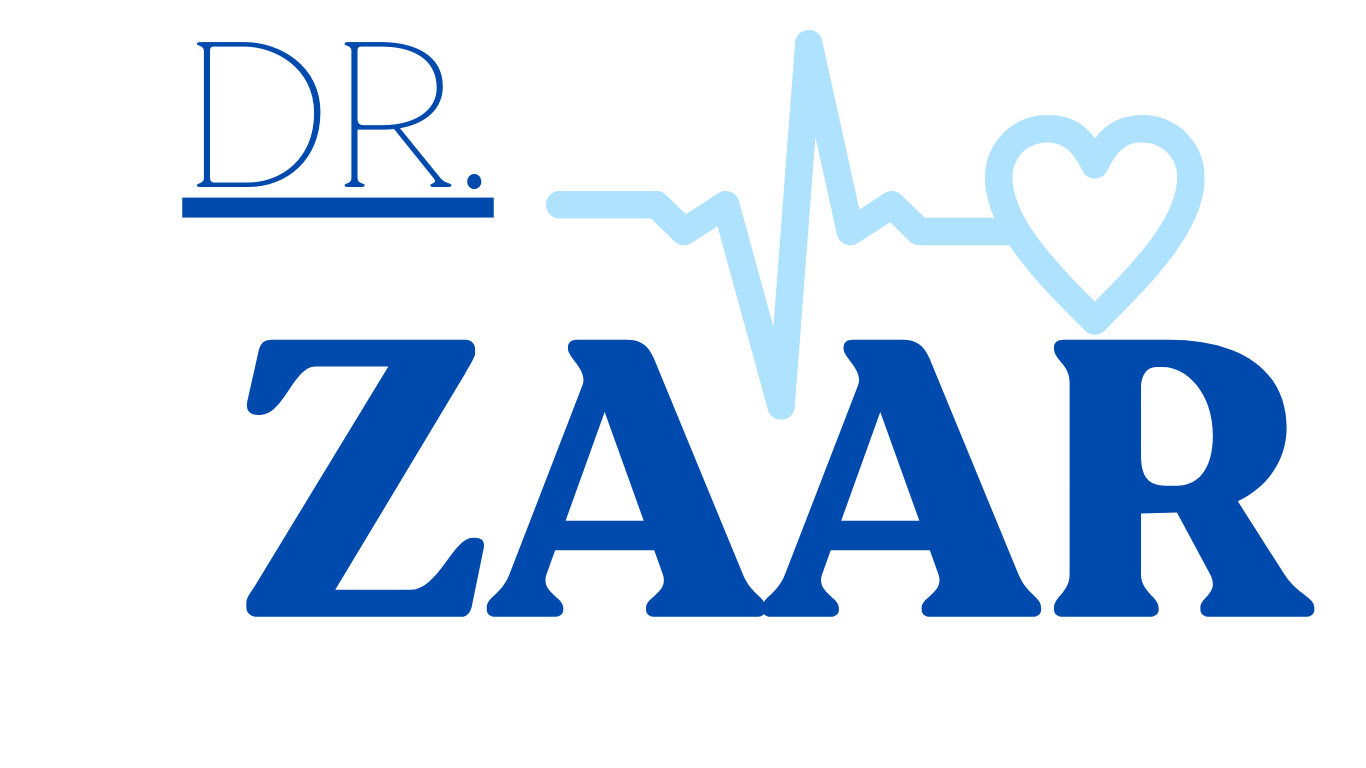A Glandeular Tango: Dancing with Hypoparathyroidism and the Missing Parathyroid Beat
Hypoparathyroidism is a rare condition that occurs when the parathyroid glands do not produce enough parathyroid hormone (PTH). PTH is a vital hormone that helps regulate calcium and phosphorus levels in the blood. When PTH levels are low, calcium levels in the blood drop, while phosphorus levels rise. This can lead to a variety of symptoms, including muscle cramps, tetany, seizures, and fatigue.
The parathyroid glands are four small glands located behind the thyroid gland in the neck. They are responsible for producing PTH. Hypoparathyroidism can be caused by a variety of factors, including surgery, autoimmune disease, and radiation therapy.
Symptoms of Hypoparathyroidism
The symptoms of hypoparathyroidism can vary depending on the severity of the condition. Some people with mild hypoparathyroidism may have no symptoms at all. Others may experience symptoms such as:
- Muscle cramps and spasms
- Tingling and numbness in the hands and feet
- Fatigue
- Weakness
- Depression
- Anxiety
- Seizures
- Difficulty breathing
- Heart palpitations
In severe cases, hypoparathyroidism can lead to a condition called tetany. Tetany is characterized by involuntary muscle contractions that can affect any part of the body.
Diagnosis of Hypoparathyroidism
Hypoparathyroidism is diagnosed with a blood test that measures PTH levels. Additionally, a doctor may order other tests to determine the cause of the condition. These tests may include:
- Blood tests to measure calcium and phosphorus levels
- Urine tests to measure calcium and phosphorus levels
- An ultrasound of the neck to look for parathyroid glands
- A bone scan to assess bone density
Treatment of Hypoparathyroidism
There is no cure for hypoparathyroidism, but treatment can help manage the symptoms and prevent complications. Treatment typically involves taking calcium and vitamin D supplements. In some cases, people with hypoparathyroidism may also need to take medication to increase PTH levels.
Living with Hypoparathyroidism
Living with hypoparathyroidism can be challenging. However, with proper treatment, most people with hypoparathyroidism can live healthy, normal lives. It is important for people with hypoparathyroidism to work with their doctor to develop a treatment plan that is right for them.
Dancing with the Missing Beat
Living with hypoparathyroidism can feel like a constant dance. One moment you may feel fine, and the next moment you may be struck by a muscle cramp or wave of fatigue. It is important to be patient with yourself and to listen to your body. When you are feeling tired, rest. When you are feeling up to it, be active. It is also important to find ways to manage stress, as stress can worsen symptoms.
Hypoparathyroidism is a challenging condition, but it is not a life sentence. With proper treatment and support, most people with hypoparathyroidism can live full and active lives.
A Glandeular Tango: Dancing with Hypoparathyroidism’s Off-Beat Rhythm
Imagine a symphony where the conductor, the vital parathyroid hormone, is missing. This is hypoparathyroidism, a rare condition where the body’s calcium tango steps falter. Let’s delve into this intricate dance, exploring its causes, symptoms, and the steps we can take to regain rhythm.
The Missing Maestro: Parathyroid Hormone and the Calcium Caper
Our four tiny parathyroid glands, nestled behind the thyroid, are the maestros of calcium balance. They conduct the orchestra of calcium and phosphorus levels in our blood, ensuring a harmonious performance for vital functions like muscle contraction, nerve transmission, and bone health. But in hypoparathyroidism, the conductor is absent.
Causes of the Dissonance:
- Surgical Mishap: Surgery near the thyroid can inadvertently injure the parathyroid glands.
- Autoimmune Encore: Sometimes, the immune system mistakenly attacks these vital glands, disrupting their performance.
- Genetic Variations: Inherited mutations can lead to an off-key melody of parathyroid hormone production.
- Radiation Rhapsody: Radiation therapy, the valiant hero against certain cancers, can leave collateral damage on these sensitive glands.
The Off-Beat Symptoms:
- Muscle Cramps: Imagine the strings of a violin tightening uncontrollably, mimicking the muscle spasms that can plague individuals with hypoparathyroidism.
- Tingling and Numbness: A discordant melody of pins and needles can dance across fingers, toes, and even lips as calcium levels plummet.
- Fatigue and Weakness: The orchestra’s energy wanes, leading to a constant feeling of being out of tune with the world.
- Mood Swings: The emotional harmony can be disrupted, causing anxiety and depression to cast their shadows.
- Seizures and Tetany: In severe cases, the off-key rhythm can lead to involuntary muscle contractions and even seizures.
Diagnosing the Discord:
A blood test that measures the missing maestro, parathyroid hormone, provides the first clue. Additional tests, like calcium and phosphorus levels, and imaging techniques like ultrasounds and bone scans, help paint the full picture of the disharmony.
Reclaiming the Rhythm: Treatment Strategies
There is no cure for this glandular tango, but we can learn to dance with its off-beat rhythm. Treatment focuses on restoring the calcium harmony:
- Calcium and Vitamin D Duet: These supplements become the new conductors, guiding calcium back into the spotlight.
- Medication Melodies: In some cases, synthetic parathyroid hormone can be prescribed to mimic the missing maestro’s role.
- Dietary Variations: A balanced diet rich in calcium and vitamin D can support the new conductors.
Living with the Off-Key Beat:
Hypoparathyroidism may be a chronic condition, but it doesn’t have to dictate the tempo of life. With regular monitoring, medication adherence, and a healthy lifestyle, individuals can find their own rhythm and lead fulfilling lives.
Beyond the Solo:
Support groups and online communities offer valuable connections with others who understand the off-beat melody of hypoparathyroidism. Sharing experiences, tips, and emotional support can strengthen the resilience of those living with this condition.
Estrone’s Double Dance
Bone Builder and Breakpoint in Osteoporosis In the intricate waltz of bone health, estrone, a lesser-known estrogen, plays a fascinating.
Read Morehow growth hormone helps in height.
Growth hormone (GH), a vital hormone produced by the pituitary gland, plays a crucial role in physical growth and development..
Read More